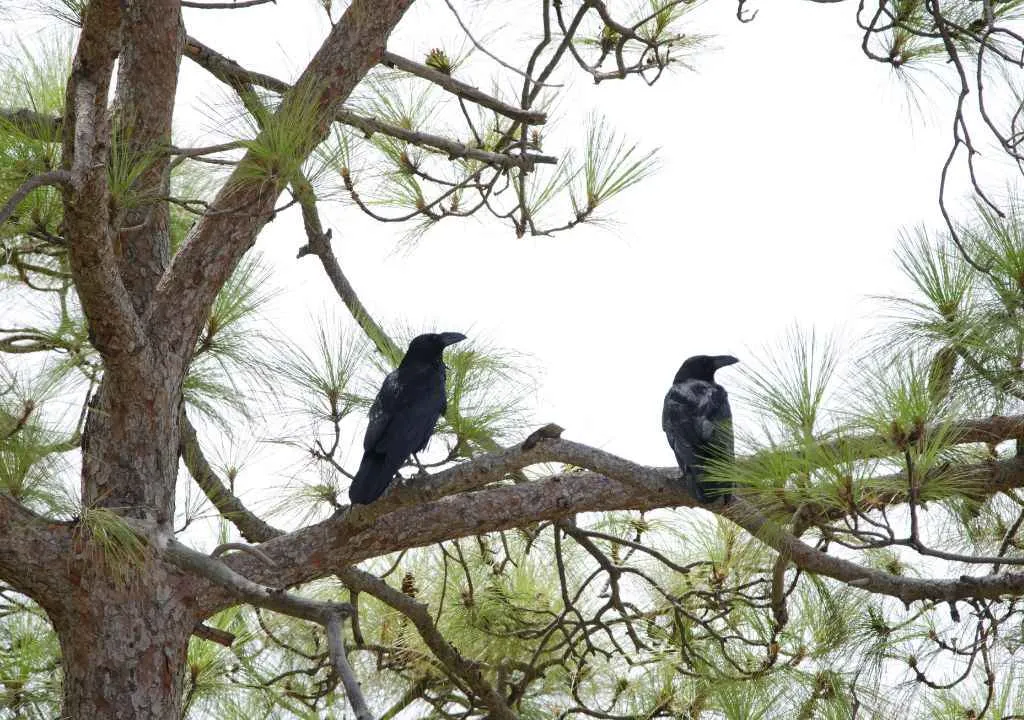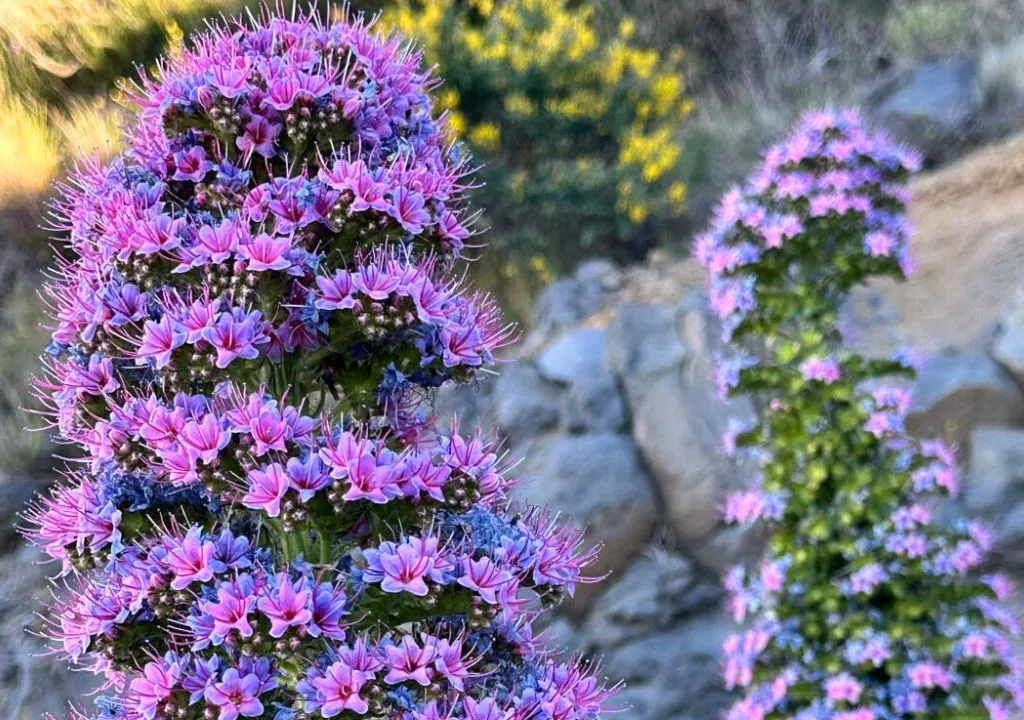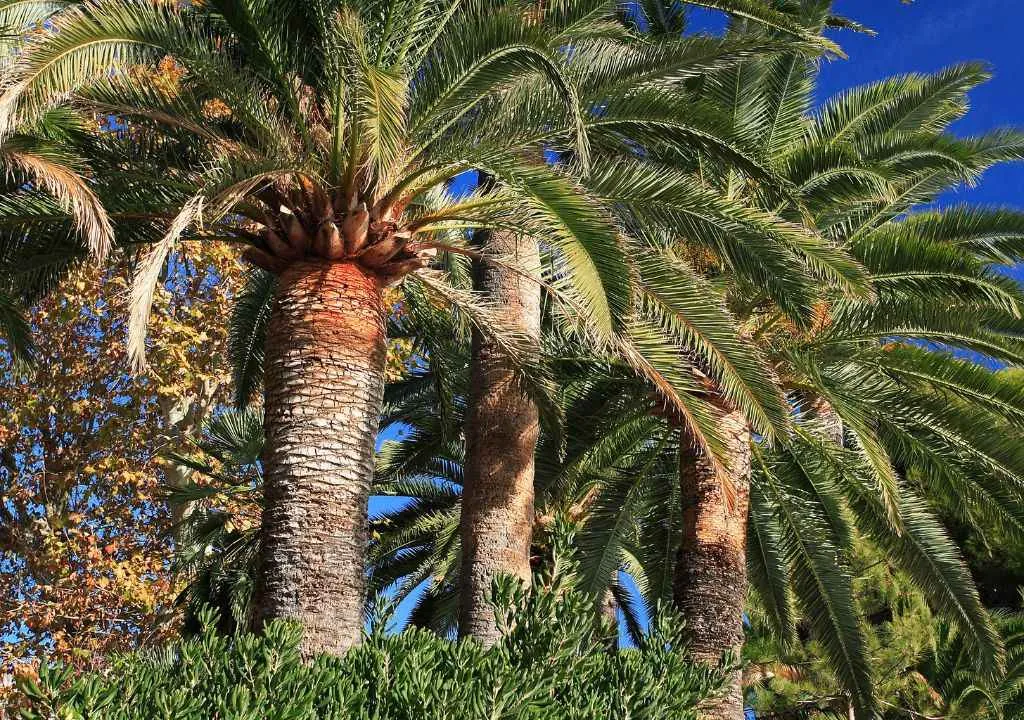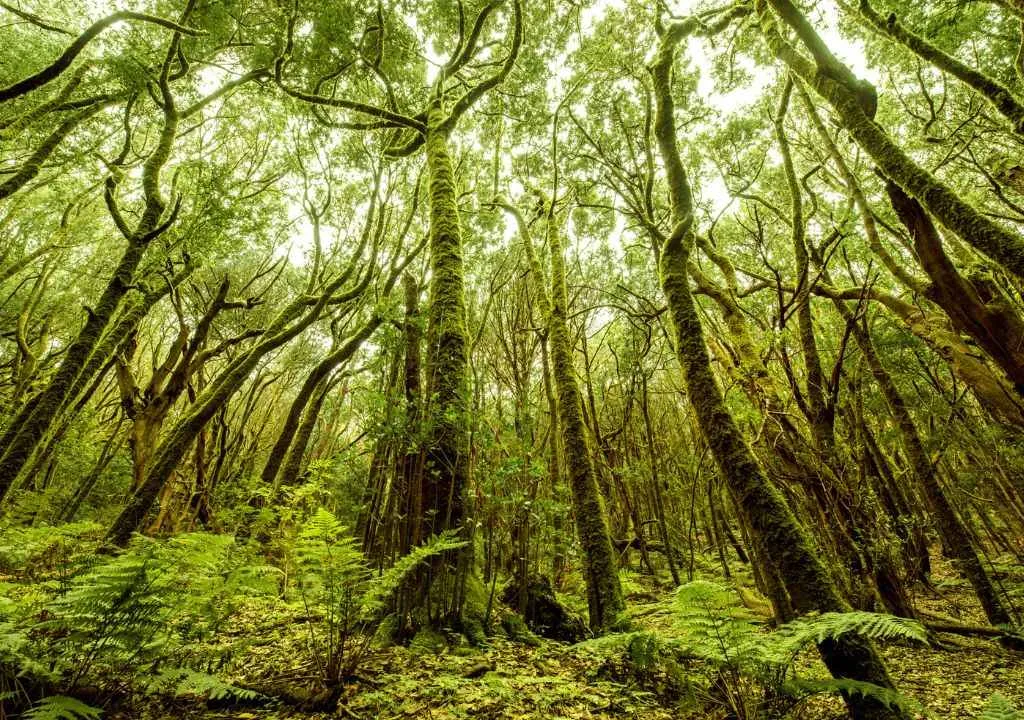The Canary pine is much more than a tree.
It is the natural symbol of La Palma, alongside the chough, and one of the most iconic species of the Canary Islands.
Its tall shape, deep green color, and incredible resilience make it a true guardian of the island’s landscapes.
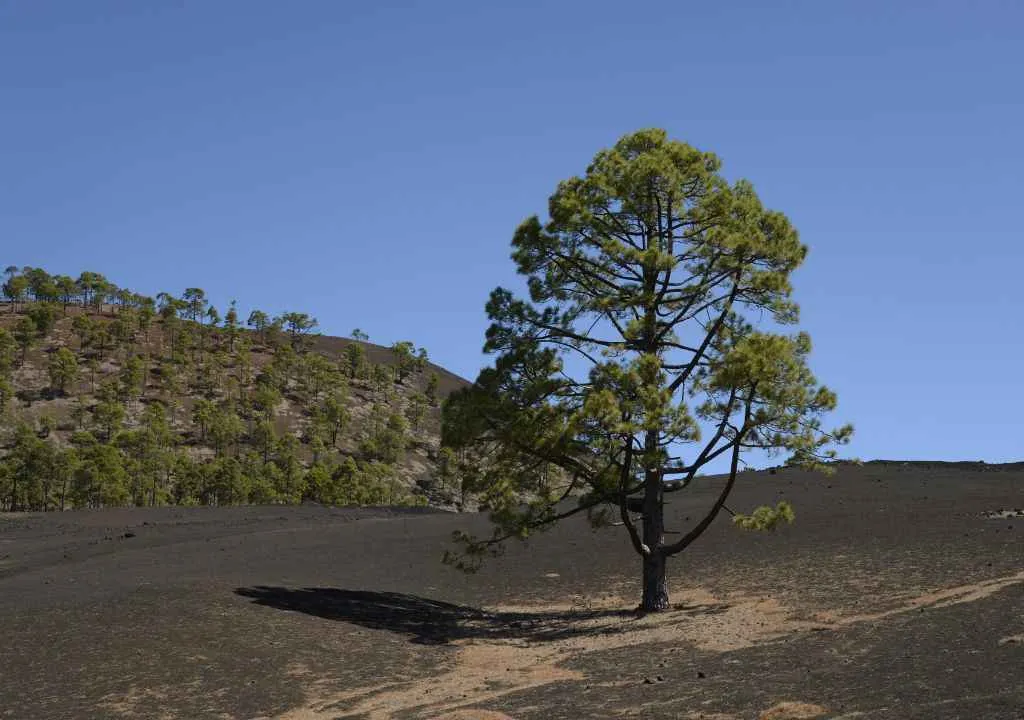
Endemic to the archipelago, Pinus canariensis can exceed 40 meters in height, though most trees range between 15 and 25 meters.
Some exceptional specimens reach up to 60 meters, proof of their strength and adaptability.
Its thick, rough bark changes color over time, from light brown to deep reddish tones.
This dense layer protects the tree from extreme heat and fire, a unique feature in the plant world.
Technical Facts
| Detail | Information |
|---|---|
| Common name | Canary pine |
| Scientific name | Pinus canariensis |
| Family | Pinaceae |
| Average height | 15–25 m (max. 60 m) |
| Distribution | Endemic to the Canary Islands (La Palma, Tenerife, Gran Canaria, El Hierro) |
| Habitat | High zones (400–2,000 m) |
| Natural symbol | Of the island of La Palma |
| Traditional uses | Wood, resin, pine needles, pine nuts |
| Resistance | Fire and volcanic eruptions |
| Protection | Protected species in the Canary Islands |
The Green Soul of the Canary Forests
Almost 60% of the forest area of the Canary Islands is covered by pine forests, dominated by the Canary pine.
In La Palma, it thrives between 400 and 2,000 meters of altitude, blanketing the volcanic slopes of Cumbre Vieja and Cumbre Nueva.
Its long, thin needles grow in clusters of three and can reach up to 30 centimeters.
Their shape and flexibility allow them to capture moisture from the air, maintaining soil humidity even during dry seasons.
These forests define the island’s landscape, protect the terrain from erosion, regulate groundwater, and provide shelter for birds, insects, and small mammals.
A Survivor of Fire and Volcanoes
Few trees on Earth show such natural resilience.
The Canary pine has fire-resistant bark and an astonishing ability to regrow after fires or volcanic eruptions.
After the Tajogaite volcano eruption in 2021, many affected pine forests began to turn green again within months.
This rebirth symbolized the island’s strength and vitality.
Biologists and visitors were amazed, and the Canary pine became a symbol of hope and renewal.
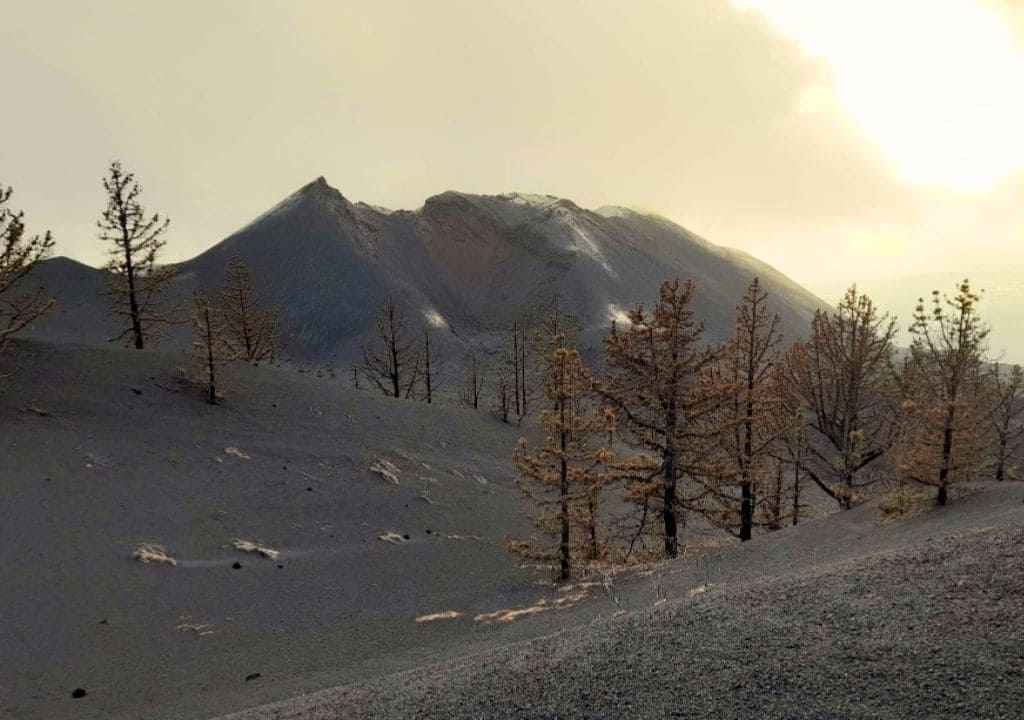
Its ecological role is vital.
Its deep roots stabilize the soil, while its forests help regenerate areas damaged by lava or fire, ensuring the future of La Palma’s ecosystems.
History, Uses, and Legacy
- Since aboriginal times, the Canary pine has been part of daily life in the archipelago.
- Its heartwood, called “tea”, was used to build houses, tools, boats, and furniture.
- The resin served to light fires or make tar.
- Dried pine needles were used as insulation, bedding, or animal litter.
- Pine nuts were part of the diet of the ancient inhabitants.
- Excessive logging once reduced the great pine forests.
However, reforestation and conservation programs have allowed them to recover and expand again across La Palma and the rest of the islands.
